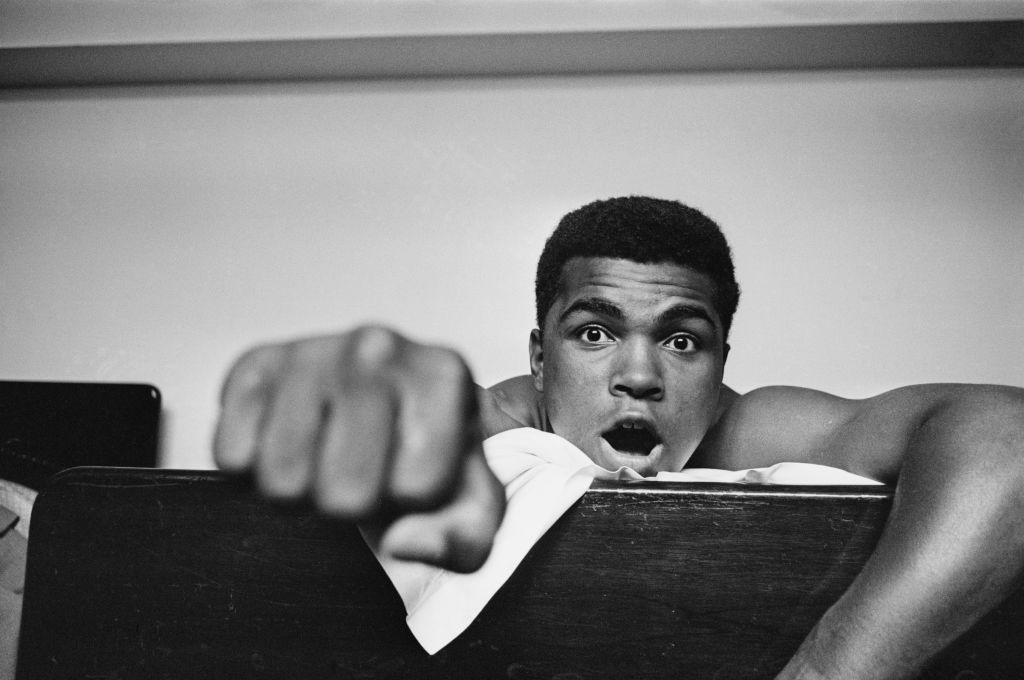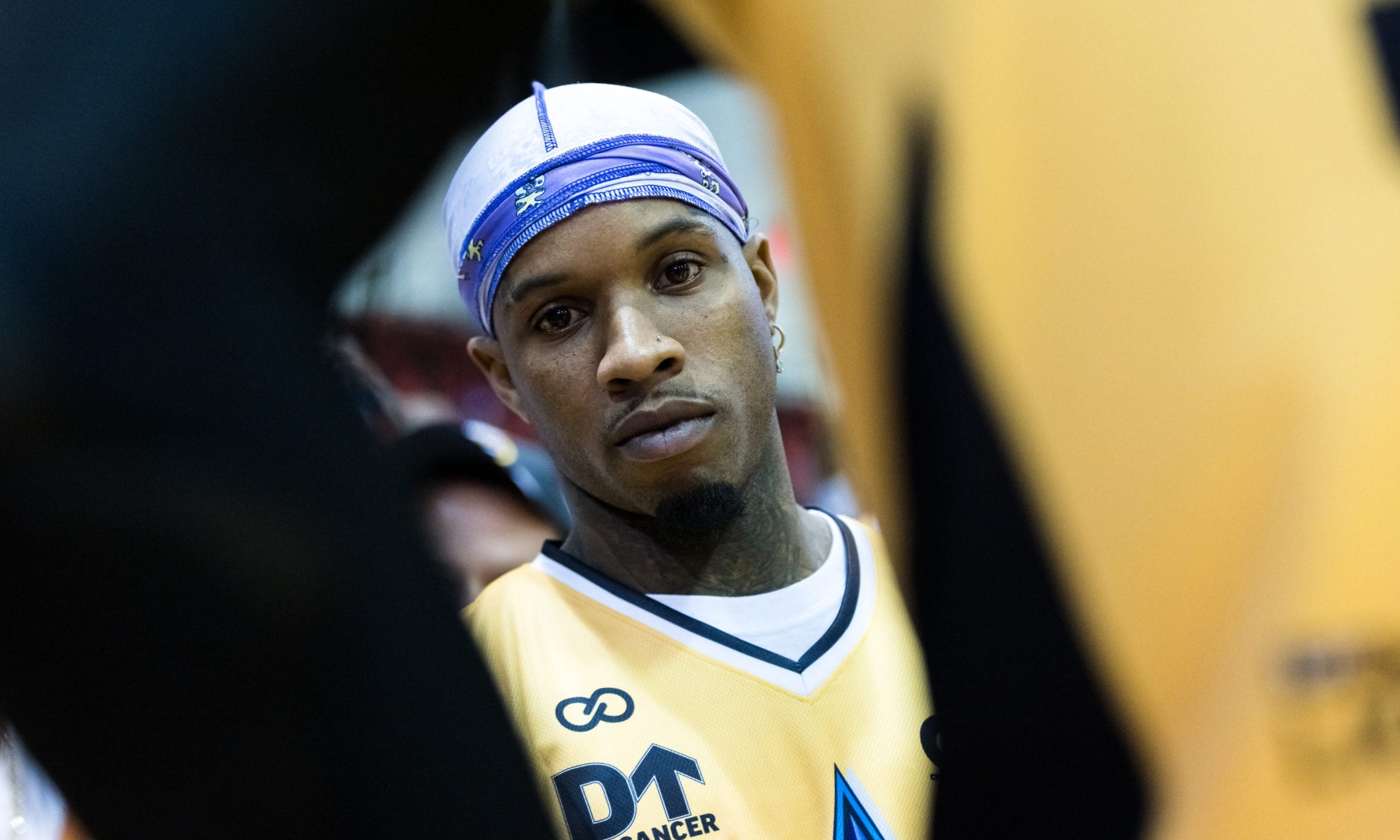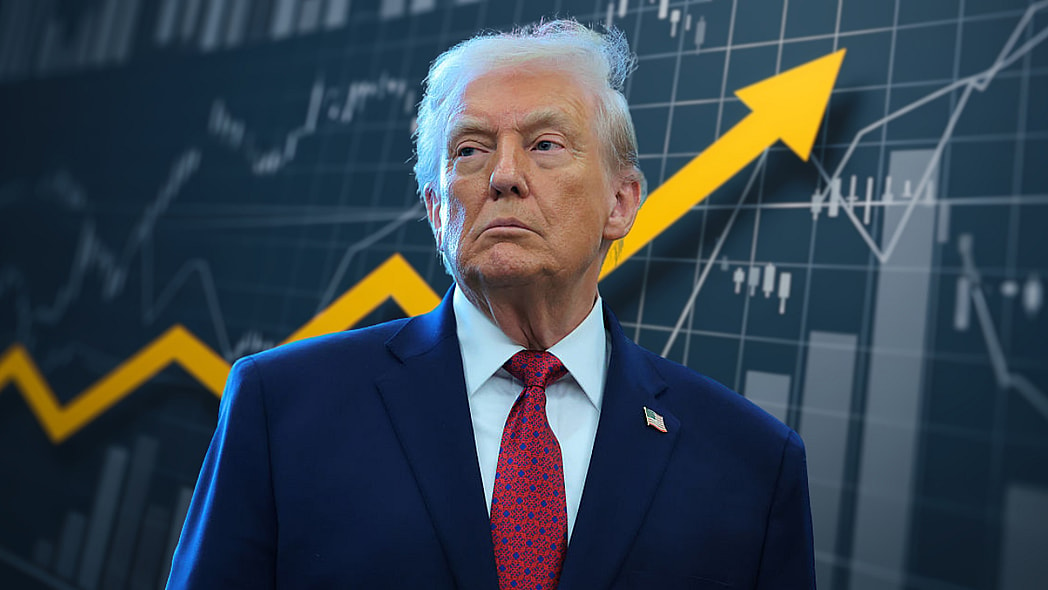Key takeaways:
- Muhammad Ali redefined heavyweight boxing—he broke every rule about how big men should fight.
- Across 21 years as a professional, Ali won 56 fights (37 by knockout) and lost only 5.
- Ali turned fights into arguments about race, religion and what it means to stand when the world wants you to kneel.
- When draft papers arrived during the Vietnam War’s bloodiest year, he refused.
- For countless Black Americans, he was the champion who spat back. He embodied a new vision of Black manhood—strong, bold and firm in his dignity and beliefs.
Muhammad Ali’s story begins not with glory but with a stolen bicycle in Louisville. At twelve, furious after the theft, he stormed into a police station vowing revenge. Officer Joe Martin, who doubled as a boxing coach, redirected that anger into training. What followed reshaped history, not only for Ali but for how athletes engage with the world, and made him one of the most famous Black Boxers of all time.
The making of a champion: Ali’s early years
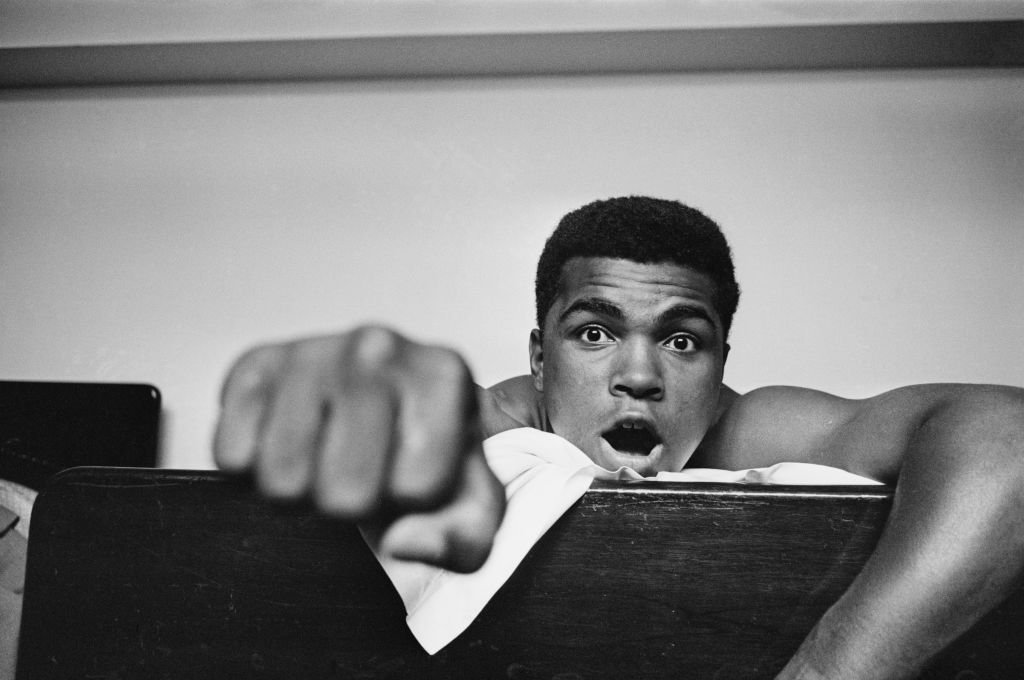
The boy born Cassius Clay (not to be confused with Cassius Marcellus Clay, an American abolitionist) grew up in a segregated city, the child of a sign painter and a domestic worker. Though school posed challenges, later attributed to dyslexia, the ring offered clarity. Footwork replaced frustration, jabs channeled his wit. By eighteen, he stood atop the Olympic podium in Rome, a gold medal around his neck. Years later, rumors swirled that he’d tossed that medal into the Ohio River after a racist refusal at a diner. True or not, the tale crystallized his awakening to inequality.
Defining the ring: Ali’s boxing style and greatest fights
Muhammad Ali is one of the most famous Black athletes who redefined heavyweight boxing. He broke every rule about how big men should fight. At 6’3″ with a 78-inch reach, he moved with grace and quickness no big man showed before.
The ‘Ali Shuffle’ and unique defense
Ali glided across the canvas like a welterweight, his footwork a blend of ballet and bravado. His feet danced in what fans came to know as “the Ali Shuffle,” swift footwork that bewildered opponents right before he struck with combinations.
Most heavyweights banked on raw power. Ali chose a different path through speed, reflexes and ring intelligence. During fights, he blocked and parried incoming blows while calmly letting rounds pass. He circled opponents, jabbing and taunting—a strategy which wore them down both physically and mentally, only to pull off his left hook knockdown.
His defense broke from tradition, too. Ali created what he called his “lean back style.” Instead of keeping his hands high to block punches, he relied on head movement and footwork to avoid them altogether. This approach saved energy and left opponents swinging at air.
Behind the medals and theatrics lay grit. Trainers recalled his relentless drills, dawn runs through Louisville’s streets, a tradition he maintained even when he lived in Miami.
Muhammad Ali greatest fights
The Muhammad Ali record goes as follows: Across 21 years as a professional, Ali won 56 fights (37 by knockout) and lost only 5. Among his 61 bouts, several stand as watershed moments in boxing.
The Liston upset and title win, Miami, 1964
Muhammad Ali vs Sonny Liston was an epic fight. Sonny Liston, a glowering brute who’d flattened his last nine foes, fought against a 22-year-old Cassius Clay who entered as a laughingstock. Bookmakers priced him at 7-to-1 odds.
By round six, Liston slumped on his stool, refusing to answer the bell. Clay’s hands stayed too fast, his mouth too sharp. Hours later, he discarded his birth name, declaring himself Muhammad Ali. The world scoffed. He never blinked.
The Norton crucible, 1973
March 1973 delivered Ali a wound deeper than pride. Ken Norton, a Marine-turned-boxer few took seriously, snapped Ali’s jaw in round two of a 12-round upset decision. The loss rattled boxing’s orbit—proof that invincibility had limits.
But Ali’s genius lay in reinvention. Six months later, he met Norton again, swapping swagger for strategy. Footwork tightened, counters sharpened. The split-decision win didn’t dazzle like his earlier triumphs, yet it mattered more. This victory was gristle, not glitter—a comeback carved from humility.
The Rumble in the Jungle, Kinshasa, 1974
Muhammad Ali vs George Foreman was yet another fight to remember. George Foreman, younger and fiercer, knocked out 37 of 40 opponents. Ali spent early rounds of the Rumble in the Jungle fight pressed against ropes, arms shielding his face while Foreman hammered his ribs. Locals wept, fearing their hero would fall. By round eight, Foreman’s punches slowed, and his legs wobbled. Ali snapped a right cross that sent the champion sprawling. The rope-a-dope wasn’t just a strategy. It was theater, a middle finger to brute force.
The Thrilla in Manila, 1975
The fight between Muhammad Ali vs Joe Frazier was brutal for both participants. Their third clash burned at 100-degree heat, both men trading hooks until their faces blurred. Frazier’s trainer finally threw the towel after 14 rounds, though Frazier himself begged to continue. Ali collapsed post-fight, later admitting he’d felt death hovering.
Neither man fully recovered. But in that crucible, Ali proved that boxing titles fade. Legacy lies in how much you’ll bleed for it.
Through these battles, Ali didn’t just win belts. He turned fights into arguments about race, religion and what it means to stand when the world wants you to kneel. His footwork dazzled, but his refusal to quit, even when logic said to fold, etched his name deeper than any record book.
Beyond boxing: activism and social justice
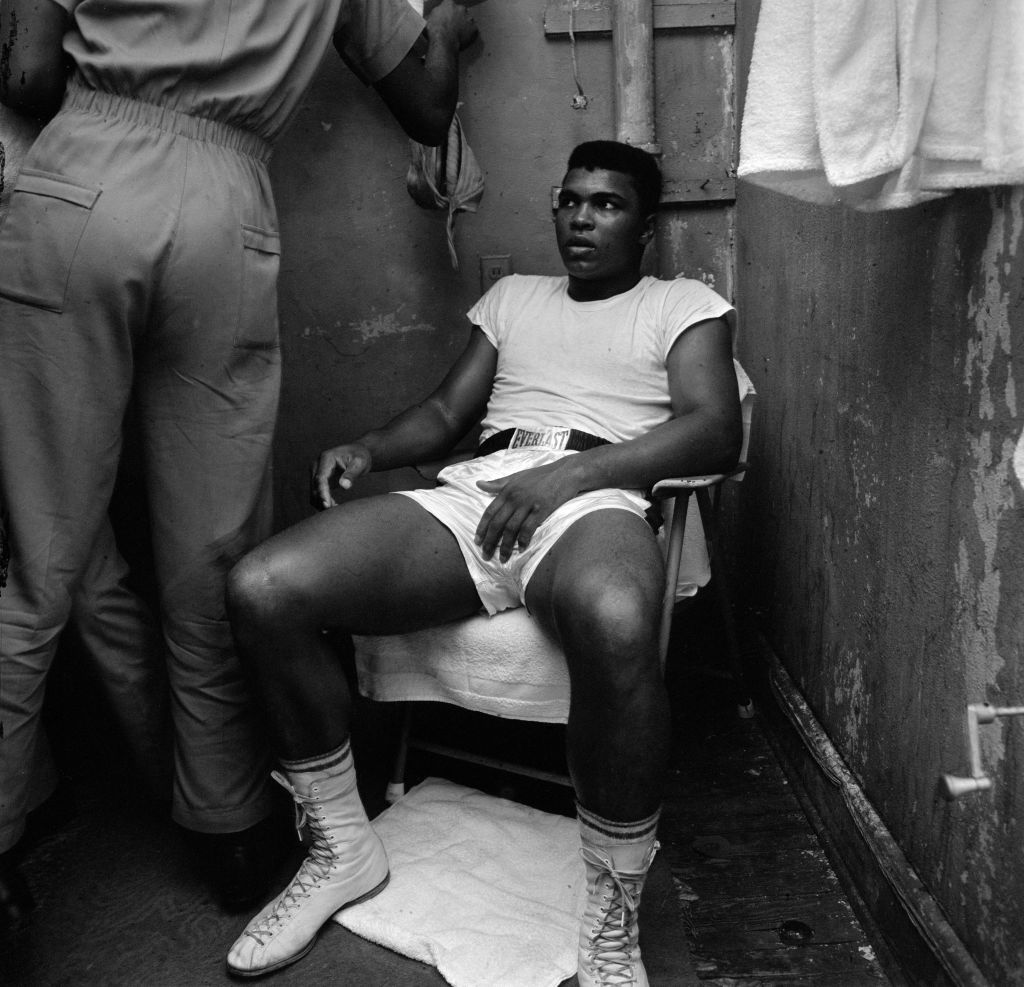
Muhammad Ali’s personal life revolved around his conversion to Islam and his outspoken views on social and political issues. He meant more than sports. His bold positions on civil rights, religious freedom and opposing war turned him from a boxer to a worldwide symbol of moral courage. He fought outside the ring with the same ferocity he brought to boxing.
Vietnam War draft refusal
When draft papers arrived during the Vietnam War’s bloodiest year, Ali refused. He preferred battling wars of poverty to getting involved in wars of nations. No conflict with the Viet Cong (a term the U.S. used to refer to the communist-aligned armed forces in South Vietnam during the war) justified killing, he argued, citing his Muslim faith. His choice split an America that the war had already divided. A court convicted him of evasion and fined him. He was stripped of his heavyweight title by boxing commissions and banned from boxing.
Though free during appeals, Ali lost what were arguably his best years in boxing, from 25 to almost 29. For four years, while appeals dragged, crowds jeered. But the silence of exile amplified his message. In a unanimous decision in 1971, the Supreme Court struck down his draft evasion conviction. His firm stance stiffened spines in anti-war marches and gave athletes a blueprint for dissent.
Civil rights activism
In 1964, fresh off toppling Sonny Liston, he shed the name Cassius Clay like a shackle. Cassius Clay belonged to slaveholders, he declared. Muhammad Ali answered only to God. His direct expression of Black identity and refusal to meet white expectations made him a lightning rod. Many Americans, mostly white, recoiled, seeing him as brash and unpatriotic. Sportswriters spat his new name.
For countless Black Americans, though, Ali embodied a new vision of Black manhood—strong, bold and firm in his dignity and beliefs. Black neighborhoods buzzed — here was a champion who spat back. He framed racism as a spiritual poison, aligning with the Nation of Islam when most civil rights leaders preached integration. Critics called him divisive. Supporters saw a man refusing to beg for dignity.
Nation of Islam and religious journey
In 1962, fellow boxer Sam Saxon brought Ali and his brother Rahaman to a Nation of Islam meeting. The group’s teachings about Black self-reliance and separation from white society matched Ali’s own experiences with racism. After beating Liston in 1964, Ali went public with his conversion, first calling himself Cassius X before Nation of Islam leader Elijah Muhammad named him Muhammad Ali.
Ali’s spiritual path twisted. The Nation of Islam’s stark separatism initially anchored him, but after Elijah Muhammad’s death, he shifted toward mainstream Sunni Islam, then Sufism’s mystical currents. Through each evolution, his core held: faith as armor against compromise. He prayed five times daily, even in training camps. One person from Ali’s security detail recalled Ali always carrying a briefcase stuffed with signed religious pamphlets. He handed these out to anyone wanting his autograph.
Athlete-led activism
Before hashtags or kneeling quarterbacks, Ali proved sports could stir the conscience. He turned press conferences into pulpits, mocking reporters who used his birth name and framing fights as racial allegories. Where peers stuck to jab-and-hook clichés, Ali needled white supremacy between rounds. His audacity paved the way for figures like Colin Kaepernick — not by being palatable, but by being unignorable.
The cultural and athletic legacy of Muhammad Ali
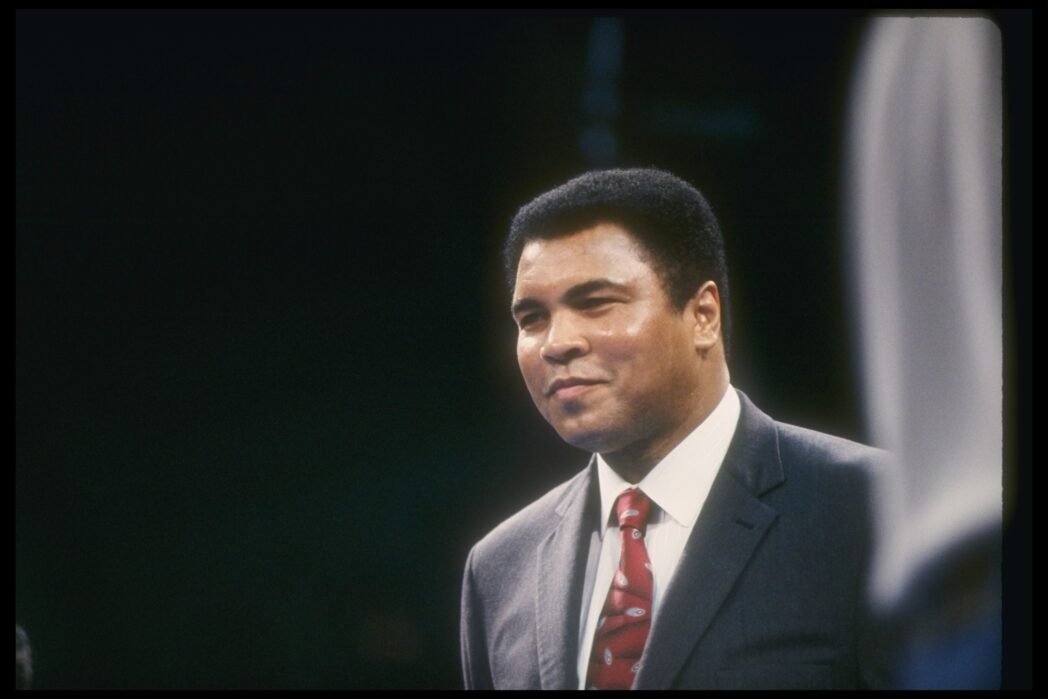
Ali’s legacy here isn’t mere inspiration. He rerouted the river, showing how fame could flood barren fields of injustice. When he lit the 1996 Olympic torch, hands trembling with Parkinson’s, the gesture whispered what he’d always roared: some fires outlast the body.
Changing the role of athletes
Muhammad Ali reshaped what it meant to wear a champion’s crown. Before him, athletes often muted their voices, sticking to scripted humility. Ali tore up the script. He declared himself the greatest long before titles proved it, his swagger a magnet for both admiration and scorn. This audacity, rare for a Black man in 1960s America, cracked open doors for others to walk through — not just as competitors, but as advocates unafraid to blend sport with dissent. Today, Muhammad Ali facts and Muhammad Ali quotes still spur many to action and deep thought.
Influence on boxing’s next generation
Ali’s ring tactics rewrote boxing manuals. Fighters like Sugar Ray Leonard later mimicked his promotional tactics and mind games, where feints could unnerve as deeply as hooks. But his true innovation lay outside the ropes. He turned press conferences into performances, rhyming predictions that blurred the line between arrogance and prophecy. This showmanship didn’t just fill seats, it set the template for selling combat as a spectacle.
In Kinshasa, where he toppled Foreman, his ghost still haunts boxing gyms. Young Congolese boxers like Landry Matete Kankonde now speak of claiming superstardom, tracing their hunger back to that 1974 night. Ali didn’t just visit nations, he planted flags.
Ali in media, business and branding
Long before athlete endorsements flooded commercials, Ali starred in them. His face sold everything from soda to pizza and shoes, proving charisma could mint currency. Films like “When We Were Kings” and the Will Smith-led biopic “Ali” immortalized his jabs and quips, while the Muhammad Ali Center in Louisville teaches resolve and faith to new generations.
But perhaps his sharpest lesson was this: a glove can hold a microphone. When today’s athletes kneel during anthems or speak at rallies, they channel the spirit of a man who risked crowns to crown his convictions. Ali didn’t just throw punches — he threw open windows, letting fresh air rush into stuffy rooms where sports and silence once mixed.
Muhammad Ali’s enduring influence
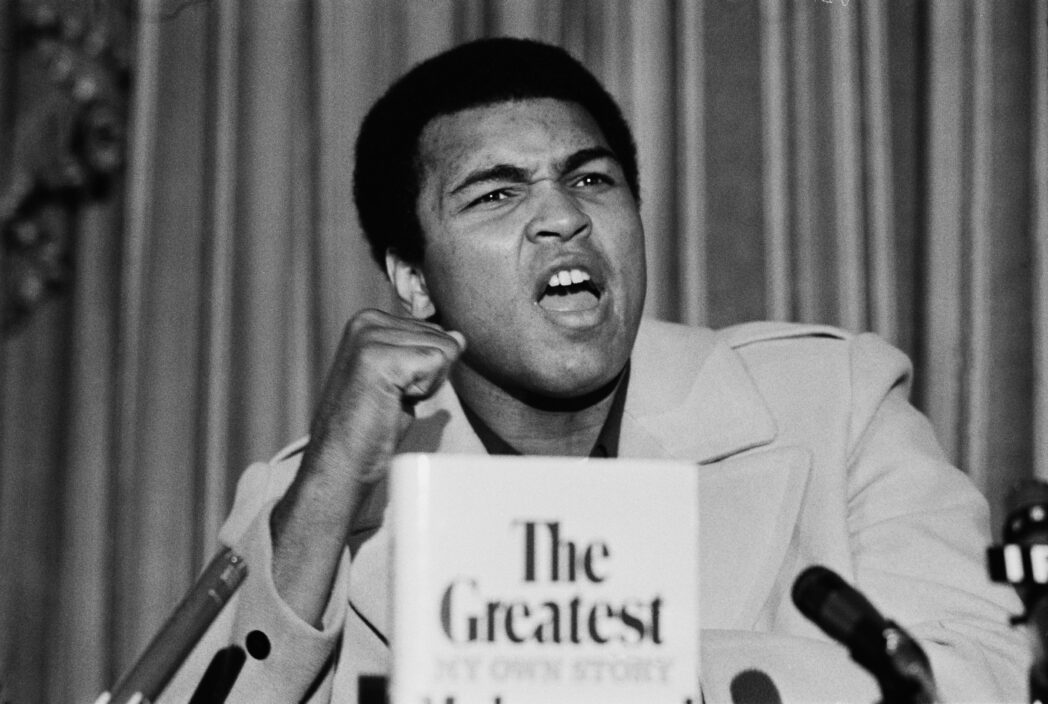
What happened to Muhammad Ali after his years of professional boxing? The boxing legend’s final rounds unfolded far from the ring. Parkinson’s disease, diagnosed three years after retirement, stiffened his legendary reflexes and muted his booming voice. Yet he met this invisible opponent as he did all others — chin up, refusing retreat. Instead of vanishing, he funneled fading strength into spotlighting the condition, sparking global research initiatives. The Phoenix treatment center bearing his name emerged from his insistence that struggle could fuel progress.
Atlanta’s 1996 Olympics crystallized his enduring spirit. Millions watched his trembling hands clutch the flame, a body once fluid now fighting every movement. The stadium fell silent, then erupted — not for victories past, but for the raw courage of a man illuminating the darkness. That moment, stripped of speeches, said more about resilience than any highlight reel.
When he died on June 3, 2016, at age 74, tributes poured from presidents and paupers alike. Louisville’s streets swelled with mourners who’d never seen him fight but knew his battles against bigotry, war and the creeping paralysis that never touched his will.
Ali’s imprint now pulses in boxers studying his shuffle, activists quoting his defiance, kids from Kinshasa to Kentucky who hear his story and stand taller. He redefined greatness not as trophies amassed but as lives altered. His strength in defending his beliefs, his gift for connecting across cultures and his heart for the overlooked still move us years after his final fight.
The boy who vowed to “whup” a bike thief became the man who taught us fists could open doors, then hearts. His own words framed service as life’s true currency. Measured thus, he died a billionaire.


